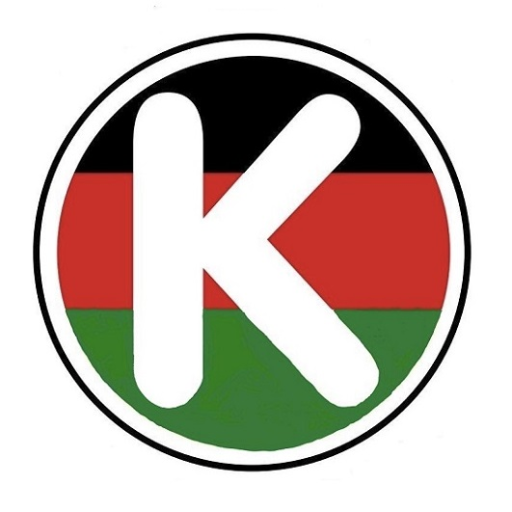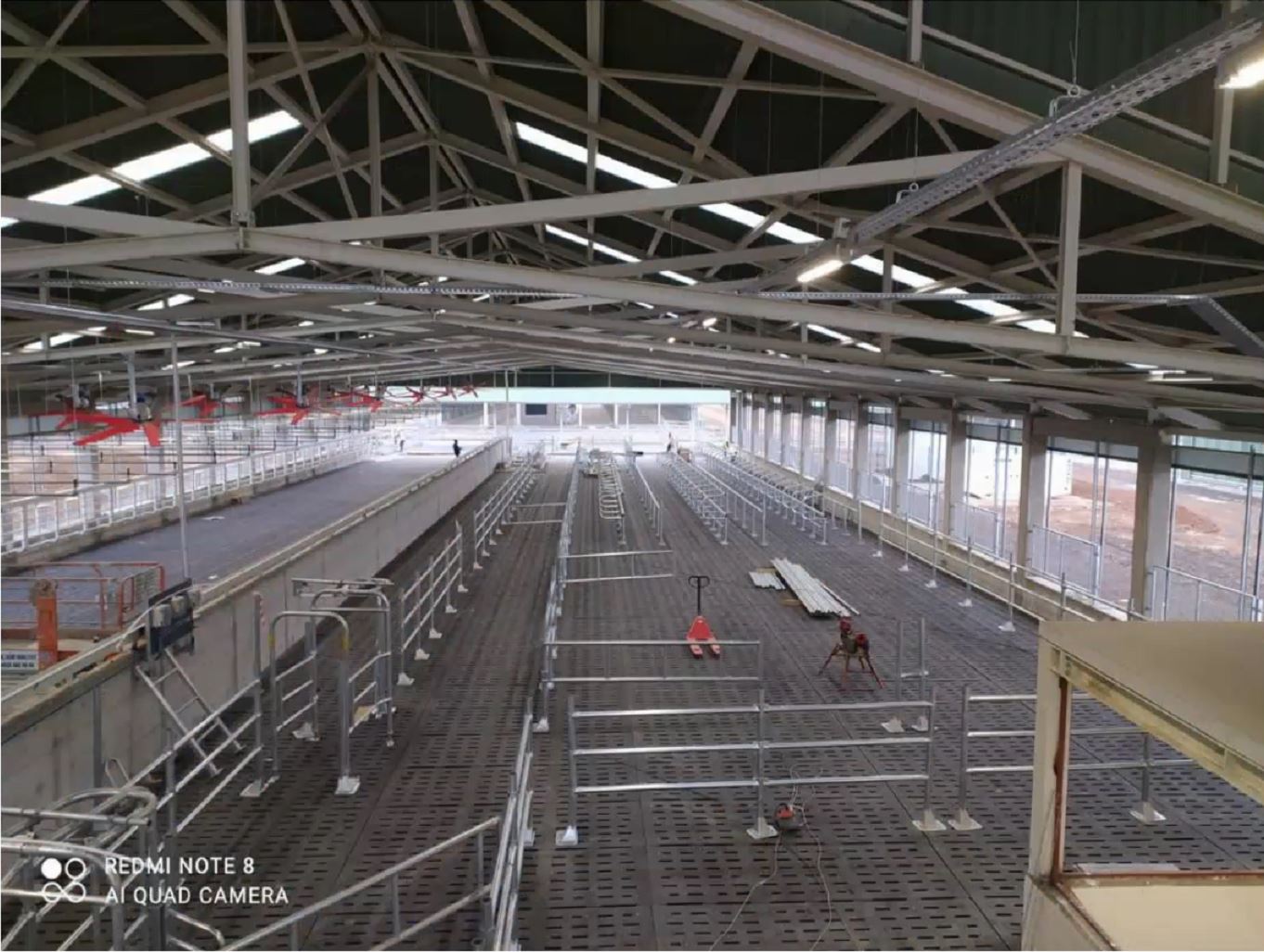Take advantage of the best advice and experience in the world.
We experienced simplifying the process of developing and managing a sustainable dairy farm using the latest technology and modern concepts for herds of 60 to 12,000 cows. The total system approach to develop and set up a dairy farm which is custom tailored to your situation, for your investment.
In planning the most efficient, cost-effective and usable dairy farm for your location. We can also assist you in updating, renovating or adding on to your standing structures. We will combine the best ideas from all parties into a set of drawings, comprising your long-range master plan.
After site survey (records: existing features, topography, drainage, road access, plus data on wind, weather and other unique factors to plan around) we can provide basic (recommendations, cost estimates, and a descriptive photo section)
Some areas of development may include
Feasibility Study • Dairy Farm Design & Construction • Cattle Procurement & Care • Operations Management • Staffing & Training

Planning your dairy for efficiency geared to your personal needs. We utilize the latest technology and modern concepts in dairy farm design. A custom engineering design package tailored to your dairy.
No two dairies are exactly alike and no two dairymen have exactly the same needs. We clearly outline your game plan for construction, improvements and expansion.
Your Construction Document set will include:
- Detailed waste management drawings to meet your local and state regulations.
- Detailed construction drawings allowing your local contractors to build modern, efficient, cost-effective facilities.
- Detailed specifications providing competitive bidding for dairy construction.
Selecting everything including, dairy, free stall, and milking parlor construction techniques; permitting, and waste management systems is easier.
Planning dairy barn
Your master plans (blueprints showing existing conditions, the new farmstead master plan, plus main features of the new improvements)
- Planning healthy infrastructure for animals
- Generating feeding and waste management program
- Obtaining licenses from concerned authorities
- Getting funds or availing business loans
Building Site

- Locate on high ground.
- Orient the long axis of the building perpendicular to prevailing sun light.
- Provide adequate separation distance between buildings and other obstructions.
- Feed and manure storage.
- Irrigation system for agriculture.
- Sheds or barns sheltered from the weather
- Milking storage.
- Sterile facility for storage of milk and pasteurizing purpose
- Other related machinery and equipment
Below mentioned are the components of Dairy farm investment to be used or installed before and after starting
- Shed: There must be a properly covered area built in the farmland before bringing in cattle to be kept
- Land: Farm owners should maintain cultivated areas or land for growing fodder crops for cattle. The land area basically depends on the number of cattle to be kept. Usually, 2 acres of land is sufficient to feed a cow.
- Water and Fodder: Both of these things should be in abundance, as water helps in the growth of green fodder and fodder further helps in the proper nourishment of cattle
- Breed Selection and Vaccination: To yield more milk, there should be good cow breed selection. Moreover, to control diseases and protect cow’s health, their caretaker should have a strict vaccination schedule.
Setting up a dairy cow farm in Kenya can be a lucrative investment. Here’s a detailed investment plan for a 1000 dairy cow farm:
By following this investment plan and continuously monitoring and adapting to market conditions, you can establish a successful 1000 dairy cow farm in Kenya.

- Market Research:
- Location:
- Infrastructure:
- Dairy Cow Acquisition:
- Feed and Nutrition:
- Labor and Management:
- Healthcare and Insurance:
- Milk Processing and Marketing:
- Financial Plan:
- Regulatory Compliance:
- Risk Management
Setting up a 1000 dairy cow farm in Kenya requires careful planning and considerations. Here is a detailed investment plan for such a venture:
- Market Research and Feasibility Study:
-
-
- Market Research and Feasibility Study:
- Conduct comprehensive market research to understand the demand for dairy products in Kenya.
- Evaluate the feasibility of setting up a large-scale dairy farm by assessing factors such as competition, consumer preferences, pricing, and regulations.
- Identify target markets, competitors, and pricing strategies.
- Location and Land Acquisition:
- Identify a suitable location for the farm with access to water sources, grazing land, and transportation facilities.
- Choose a suitable location with access to water sources, grazing fields, and transportation facilities.
- Ensure the land is sufficient to accommodate 1000 dairy cows with facilities, milking Parlors, storage, and staff quarters.
- Acquire land large enough to accommodate and feed 1000 dairy cows along with facilities for fodder cultivation.
- Infrastructure Development
- Build or set up necessary infrastructure such as barns, milking Parlors, feed storage, veterinary facilities, and waste management systems.
- Install efficient water and electricity supply systems.
- Build housing and shelter facilities for the dairy cows. Install equipment for milking, feeding, and waste management.
- Invest in fencing and security measures to protect the farm.
- Procurement of Dairy Cows and Equipment:
- Consider factors like breed, health, and milk production capacity.
- Purchase high-quality dairy cows from reputable breeders or auctions.
- Invest in necessary equipment such as milking machines, cooling tanks, feeders, and other farm machinery.
- Staff Recruitment and Training:
- Hire skilled farm managers, veterinarians, and supporting staff.
- Provide necessary training to the staff for dairy cow management, health care, and farm operations.
- Hire skilled labour for farm management, milking, feeding, and veterinary care. Implement proper training programs to maintain high productivity levels.
- Fodder Cultivation and Feed Management:
- Develop a nutrition plan for the dairy cows. Invest in high-quality feed, silage, and supplements to ensure optimal health and milk production.
- Develop a plan for fodder cultivation to ensure a steady supply of nutritious feed for the dairy cows.
- Establish feed management practices to optimize milk production and maintain the health of the cattle.
- Healthcare and Veterinary Services:
- Implement a comprehensive healthcare program for the dairy cows including vaccination schedules, disease prevention, and regular check-ups by veterinarians.
- Allocate funds for veterinary care and vaccinations.
- Set aside funds for regular health check-ups, vaccinations, and emergency care for the dairy cows.
- Consider investing in insurance to protect against unforeseen events.
- Milk Processing and Marketing:
- Establish a milk processing unit on the farm or establish partnerships with existing processing facilities.
- Establish partnerships with dairy processing companies or set up your processing plant.
- Develop a marketing strategy to promote your dairy products and reach a wider customer base
- Develop marketing strategies to sell dairy products to local markets, retailers, and wholesalers.
- Financial Planning and Budgeting:
- Create a detailed financial plan including initial investment costs, operational expenses, and revenue projections.
- Create a detailed budget covering all aspects of the dairy farm setup and operations.
- Consider initial investment costs, operational expenses, and expected returns.
- Monitor expenses regularly to ensure profitability.
- Implement cost-efficient practices and monitor financial performance regularly.
- Regulatory Compliance and Sustainability:
- Ensure compliance with local regulations related to dairy farming, environmental standards, and animal welfare.
- Familiarize yourself with local regulations and compliance requirements for dairy farming in Kenya.
- Obtain necessary permits and licenses to operate the farm legally.
- Implement sustainable practices for water conservation, waste management, and energy efficiency.
- Risk Management
- Identify potential risks such as disease outbreaks, market fluctuations, or natural disasters.
- Develop contingency plans to mitigate risks and protect your investment
- Market Research and Feasibility Study:
-
This investment plan for a 1000 dairy cow farm in Kenya serves as a broad outline. It’s crucial to consult with agricultural experts, financial advisors, and legal professionals to tailor the plan to your specific requirements and circumstances.
Starting a dairy cow farm involves careful planning and investment. While I don’t have access to specific investment plans, I can provide some general guidelines for creating one. Here are the key components you should consider when developing an investment plan for a 1000-cow dairy farm:
-
-
- Business Overview:
- Describe your dairy farm business, including its location, size, and objectives.
- Explain the purpose of the investment plan (e.g., expansion, modernization, or starting a new farm).
- Herd Management:
- Detail the breeds of cows you plan to raise (e.g., Gir, Sahiwal, Holstein, etc.).
- Discuss herd health management, feeding practices, and breeding strategies.
- Infrastructure and Equipment:
- List the infrastructure requirements (sheds, milking Parlors, feed storage, etc.).
- Estimate the cost of constructing or upgrading facilities.
- Include expenses for milking machines, cooling systems, and other equipment.
- Feed and Nutrition:
- Calculate the cost of feed (silage, hay, grains, etc.) for 1000 cows.
- Consider seasonal variations in feed availability and pricing.
- Labor and Staffing:
- Determine the labour requirements (farm workers, veterinarians, etc.).
- Estimate salaries and benefits for employees.
- Animal Health and Veterinary Services:
- Budget for regular veterinary care, vaccinations, and medications.
- Include costs for disease prevention and treatment.
- Utilities and Utilities:
- Account for electricity, water, and other utilities needed for the farm.
- Consider costs related to waste management and disposal.
- Financial Projections:
- Create a detailed financial projection for at least 5 years.
- Include income from milk sales, manure, and other by-products.
- Calculate operating expenses, loan repayments, and profits.
- Risk Management:
- Identify potential risks (market fluctuations, disease outbreaks, etc.).
- Develop strategies to mitigate these risks.
- Loan Repayment Schedule:
- If you’re taking a loan, outline the repayment schedule.
- Consider interest rates and loan tenure.
- Business Overview:
-
Remember that each dairy farm is unique, so tailor your investment plan to your specific circumstances. Additionally, consult with agricultural experts, financial advisors, and local dairy associations to refine your plan. 🐄🥛
Designing a *1000-cow dairy farm* requires careful planning to ensure the well-being of the cows, efficient operations, and optimal milk production. Here are some key considerations for such a large-scale dairy farm:
-
-
- Layout and Infrastructure
- Barns and Shelters: Design spacious barns or shelters for the cows. Consider free-stall barns, tie-stall barns, or a combination.
- Milking Parlor: Set up a modern milking Parlor with multiple milking units to handle the large herd efficiently.
- Feed Storage: Allocate space for silos or bunkers to store feed (silage, hay, grains).
- Manure Management: Plan for manure storage and handling facilities.
- Cattle Comfort:
- Ventilation: Ensure proper ventilation to maintain air quality and prevent heat stress.
- Bedding: Provide comfortable bedding (such as sand, straw, or rubber mats) for resting.
- Water Supply: Install automatic waterers throughout the facility.
- Milking Area:
- Milking Units: Choose between herringbone, parallel, or rotary milking systems.
- Milk Cooling: Install bulk milk coolers to rapidly cool the milk after milking.
- Hygiene: Design a clean, well-lit milking area to maintain udder health.
- Feeding System:
- TMR (Total Mixed Ration): Implement a TMR system for consistent nutrition.
- Feeding Alleys: Design feeding alleys wide enough for easy movement of cows.
- Health and Biosecurity:
- Isolation Area: Create a separate area for sick or quarantined cows.
- Footbaths: Install footbaths to prevent disease spread.
- Vaccination and Treatment: Plan for a veterinary area.
- Efficient Manure Handling:
- Slurry Systems: Consider slurry pits or lagoons for manure storage.
- Composting: Explore composting options for manure management.
- Pasture and Grazing:
- If you have pasture, design rotational grazing systems.
- Allocate enough space for outdoor exercise.
- Layout and Infrastructure
-
Remember that local regulations, climate, and available resources will influence your design. Consulting with experts and visiting existing dairy farms can provide valuable insights. 🐄🌿


